New Rider: How to Start A Motorcycle on a Hill

Starting on a hill is not as bad as you think
Picture it: you’re cruising along without a care in the world. The weather is beautiful, the roads are perfect, and your motorcycle is singing its lovely tune. Off in the distance you see a grade along the path – an incline known to make motorists struggle in their cars. It doesn’t faze you, though – you’re on a motorcycle, one easily capable of powering up the hill without a problem. Then it happens: you get caught at a red light right as you’re in the middle of climbing the grade.
For the uninitiated, starting a motorcycle on a hill can be a daunting and intimidating task. Gravity is working against you, and there are a multitude of things your hands and feet need to do to get going again successfully. Fear not, dear rider, the gang at Motorcycle.com is here to help. Here are our tips on how to start a motorcycle on a hill.
Coming to a stop
When coming to a stop on an incline, keep the bike in first gear and be sure to apply both brakes. Because you’re in gear and using both brakes, three of your four limbs will be in use. As such, you’ll be forced to put only your left foot on the ground. Being able to plant your entire foot down is best, but if you’re a shorty, you can also scoot off the seat slightly (as long as you still have the rear brake applied) to get the ball of your left foot on the ground.
Once it’s time
If you’re stopped at a traffic light, pay attention to the light to anticipate when yours will turn green again. If you’re at a stop, then just be aware of your turn to go. Either way, once it’s time to move, start by applying a bit more throttle than you normally would to get going. The clutch is still in and brakes are still activated, but once you release them you’ll need these extra revs to overcome gravity and help prevent the motorcycle from stalling or rolling backward.
Another angle
Notice the rider’s wrist angle isn’t upward, as if the motorcycle was idling, nor is it pointed extremely downward like he was pegging the rev limiter. The wrist angle remains nice and parallel to the ground; this allows gentle maintenance throttle once you release the clutch. If you’re able, we recommend using the first two fingers on the brake and the other two over the throttle. If you’re a four-finger braker, when you release the brakes, there will be a small moment when the only thing touching the throttle is your palm. The two-finger technique gives a little (okay, a lot) better control.
Rear brake
The rear brake is critical when starting from a hill. If you feel the delicate dance of modulating brake, throttle, and clutch (which we haven’t even covered yet) is a bit overwhelming, then you can free up some brain cells by stomping only on the rear brake to free your right hand of braking duties (although we recommend the rear brake even if you are capable of using the front at the same time). At this point, once you decide to go, the only thing keeping you from rolling backward is the rear brake. Eeeeaaaasssseee off the rear brake once you feel the clutch engage the friction zone and you feel comfortable managing the engine speed with throttle.
Clutch
As you’re applying a steady amount of throttle, you’ll be playing in the clutch’s friction zone until the motorcycle is rolling again. Just as with the front brake, we recommend two fingers on the clutch as well and for similar reasons. As you add more throttle and the motorcycle starts rolling at greater speed, the less you’ll need of the clutch and rear brake – to the point where eventually you can release them both. At that point you’ll be rolling again, fully up to speed.
It takes some practice, but soon you’ll be able to find the balance between throttle, clutch, and brakes. Start on level ground and experiment with the relation between the friction zone and the rear brake. Feel where the zone begins and ends plus what effect adding throttle and/or releasing the brake has on the engine. The name of the game is not stalling your engine, so when in doubt, add more revs and modulate it with the clutch, rear brake, or both. Over time, this will become second nature and starting on a hill won’t be the least bit intimidating.

Motorcycle.com presents an unrivaled combination of bike reviews and news written by industry experts
More by Motorcycle.com Staff





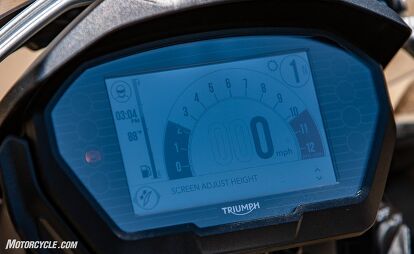




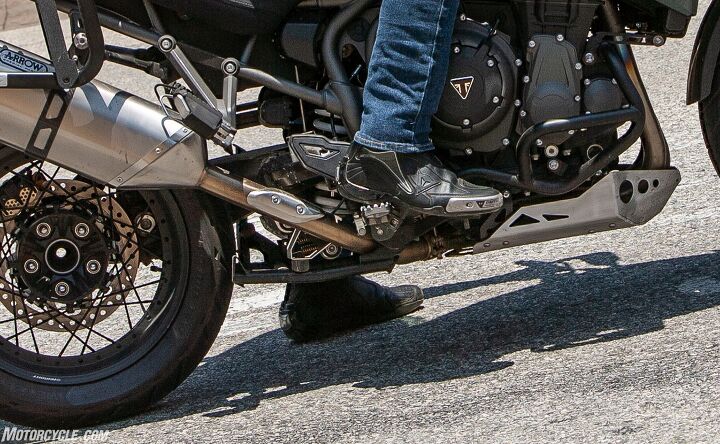










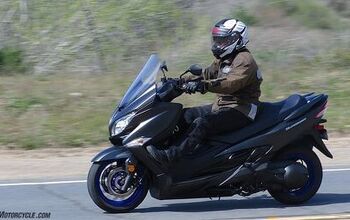
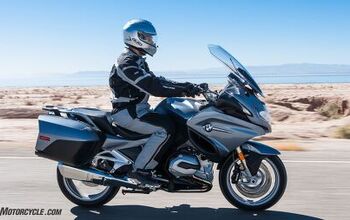
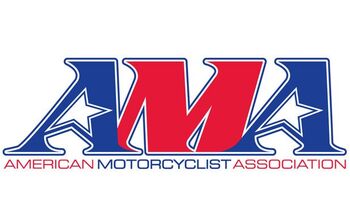


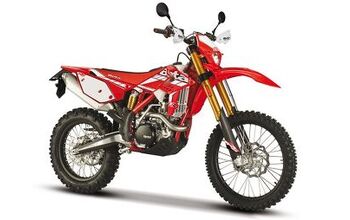












Comments
Join the conversation
I use my front brake and keep both feet on the ground. If you do start to roll backward, using the front brake will stabilize your bike, much like throwing out an anchor, but using the back brake will tend to make the bike want to yaw. Just my experienced opinion, feel free to differ.
During the training courses I've taken all the instructors advocated this approach - using the back brake. However, I concur with some commenters here, using the front brake and having both feet for balance is more natural for me, especially if the road is not perfectly even and/or the incline is steep. After riding mountain bikes, two finger braking becomes a habit.